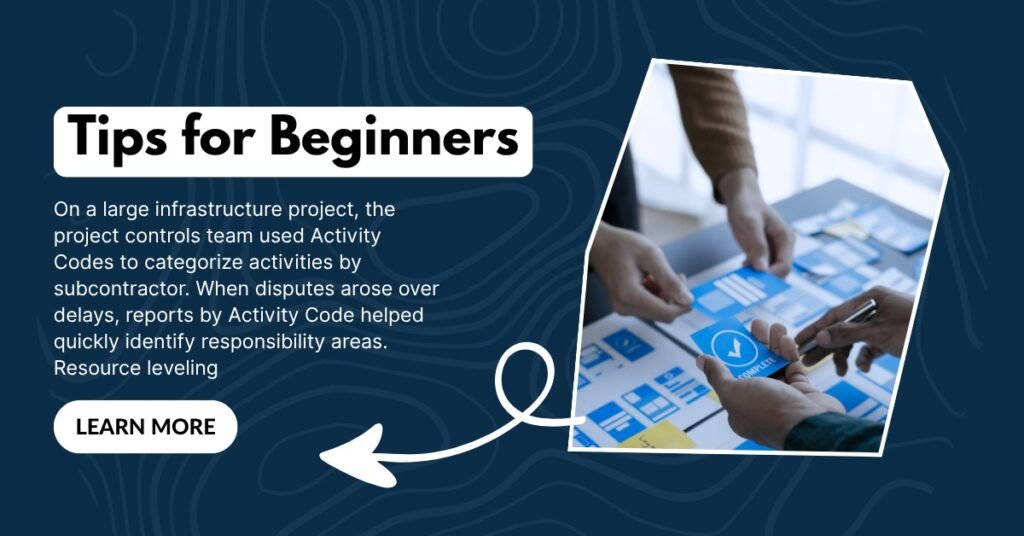Risk management is an essential aspect of project controls, enabling project managers to identify potential risks early and develop strategies to mitigate them. Without effective risk management, projects can face delays, increased costs, and compromised quality. Let’s explore how to identify, analyze, and mitigate risks in project management.

1. The Importance of Risk Management
Risk management in project management is crucial because it helps you understand potential threats and opportunities before they impact the project. Risks can come from various sources, including:
- Uncertainties in cost estimation or scheduling.
- Changes in project scope or requirements.
- External factors such as weather, regulations, or market conditions.
- Human factors like skills shortages or turnover.
2. Steps to Manage Project Risks
a) Risk Identification
Risk identification is the first step in risk management. It involves brainstorming potential risks with your team, stakeholders, and subject matter experts (SMEs). Tools such as SWOT analysis, brainstorming sessions, and checklists are often used to identify risks.
Example:
For a construction project, potential risks might include:
- Delays in the supply chain for materials.
- Unforeseen changes in building codes.
- Weather disruptions, such as heavy rain affecting work schedules.
b) Risk Analysis
Once risks are identified, the next step is to assess their potential impact and likelihood. This can be done using two methods:
- Qualitative risk analysis: A subjective assessment that evaluates the severity and probability of risks.
- Quantitative risk analysis: Uses numerical techniques to assess the impact of risks on project cost, schedule, and scope.
Risk Matrix Example:
A Risk Matrix is a tool for qualitatively analyzing risks. It plots the likelihood of a risk occurring against the severity of its impact.
| Probability/Impact | Low Impact | Medium Impact | High Impact |
| Low Probability | 1 (Low Risk) | 2 (Moderate Risk) | 3 (Moderate Risk) |
| Medium Probability | 2 (Moderate Risk) | 4 (High Risk) | 6 (High Risk) |
| High Probability | 3 (Moderate Risk) | 6 (High Risk) | 9 (Very High Risk) |
c) Risk Mitigation
Mitigation strategies help reduce the probability and/or impact of risks. Common risk mitigation strategies include:
- Avoidance: Altering the project plan to eliminate risks.
- Transfer: Shifting the risk to another party, such as using insurance or outsourcing.
- Mitigation: Taking actions to reduce the probability or impact of the risk.
- Acceptance: Acknowledging the risk and preparing contingency plans.
Example of Risk Mitigation in a Construction Project:
- Risk: Material price fluctuations due to supply chain issues.
- Mitigation Strategy: Locking in prices with suppliers, or using contingency allowances in the budget to account for price increases.
d) Risk Monitoring
Once risks are mitigated, continuous monitoring is essential. Regularly update your risk register, review risk triggers, and adjust mitigation strategies as necessary. Tools such as risk dashboards and monthly reviews can help keep the project team informed about emerging risks.
3. Conclusion
Risk management is an ongoing process that requires vigilance and flexibility. By identifying, analyzing, mitigating, and monitoring risks throughout the project lifecycle, project managers can proactively manage potential disruptions, ensuring that projects are completed on time, within budget, and to the desired quality standards.
